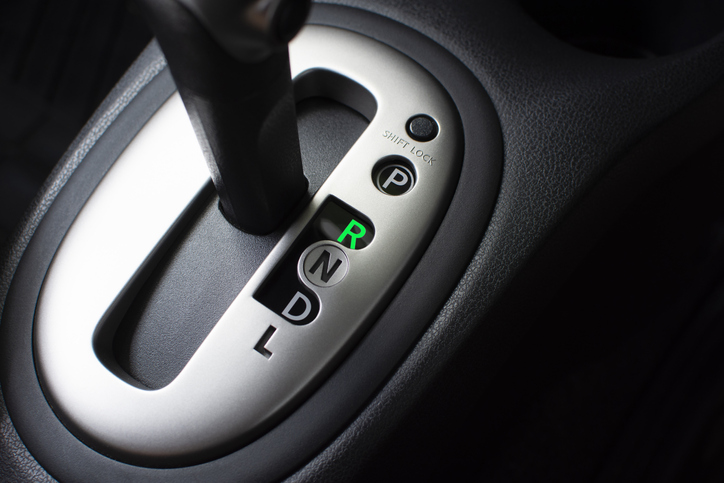
A car needs to be able to reverse in all kinds of situations, from parking to leaving the driveway – yet the reverse function can at times fail in a vehicle. When this issue crops there, there may be many different issues at play. The cause can depend on whether the vehicle is equipped with a manual or automatic gearbox, and can range in complexity, from a simple problem with the transmission fluid to a damaged gearbox. If you’re seeking a career as an auto mechanic, understanding some common reasons for a vehicle’s inability to go into reverse will enhance your success on the job.
Read on to discover five possible causes of issues with the reverse function in a vehicle.
During Your Professional Mechanic Career, Check the Status of the Transmission Fluid
In both manual and automatic vehicles, old or dirty transmission fluid can prevent a driver from shifting into reverse. After you become an auto mechanic, one of the first things you should check for when a customer complains of trouble reversing is the status of the transmission fluid and filter. Over time, transmission fluid can become contaminated with a buildup of debris, preventing it from properly lubricating the gearbox and negatively affecting the transmission’s performance. Change the transmission fluid and replace the filter to determine whether this is the root cause of the reversing issue. If changing the fluid and filter doesn’t solve the issue, a more complicated problem may be at play.

In Automatic Vehicles, the Issue May be a Faulty Transmission Position Sensor
In automatic vehicles, the transmission position sensor signals to the transmission control module to select the right gear when the driver moves the gear selector. The transmission position sensor is electronically controlled, and if it malfunctions, it may send an incorrect signal, preventing the vehicle from shifting into reverse. If you suspect an issue with the transmission position sensor, a diagnostic tool can be used to scan the ECU and check for matching trouble codes. Look for error code P0705, which indicates a Transmission Range Sensor Circuit Malfunction.
A Faulty Transmission Valve Body Is a Common Problem in Automatic Cars
The transmission valve body is the component that contains the valves responsible for changing gears in an automatic vehicle. The valve body may be electronic or hydraulic. In hydraulic vehicles, the valve body controls the delivery of hydraulic fluid to the valves – but in electronic transmission valve bodies, the valve circuits are controlled by electronic solenoid valves. If the valve body is worn out, this component won’t be able to accurately engage the right gear, leading to problems when a driver attempts to select the reverse gear. During your professional mechanic career, check the valve body for signs of wear when a vehicle won’t go into reverse.

In Manual Vehicles, the Shifter Mechanism is Often Responsible
When operating a manual vehicle, drivers may be unable to put the shifter into reverse if the slot appears to be blocked by something. Often, this problem comes down to an issue with the shifter mechanism. In manual cars, the shifter uses two shifting cables, which connect the transmission to the gearbox using the cable shifter linkage assembly. If a component within this assembly is faulty or damaged, it can lead to gear selection problems, especially when it comes to the reverse gear. Cables may break, stretch or bend, and the assembly will need to be examined in order to determine which parts need replacing.
Damaged Teeth on the Reverse Gear May Prevent Shifting in Manual Vehicles
A manual vehicle’s reverse gear can become damaged if it has suffered from misuse—and this is also one of the most expensive reversing issues to repair. If the vehicle has been driven by someone learning how to drive stick shift, damage can occur with repeated attempts to select the reverse gear while the vehicle is still in forward motion. In manual vehicles, the reverse gear contains teeth that allow it to mesh seamlessly with the transmission. These teeth can break if the clutch isn’t used properly. When this problem occurs, the reverse gear itself will need to be replaced before the vehicle can reverse again.
Looking to enroll in automotive courses?
Gear up for your career with a program at ATC Cambridge!

